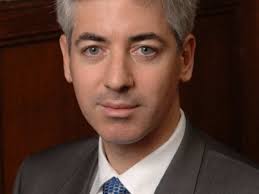
Sometime back, when I was admiring the magnificent portfolios of our esteemed local gurus, Dolly Khanna, Ramesh Damani, Vijay Kedia and Ashish Kacholia, I wondered aloud why the wizards had such diversified portfolios. “If the Gurus are so knowledgeable, should they not be putting their funds in only a few stocks instead of spreading it far and wide?” I asked with my usual naivety.
The wisdom of the local gurus was driven home with great clarity when we saw how Billionaire Bill Ackman, one of the investment greats and a staunch believer in the merits of a concentrated portfolio, lost nearly $2 Billion after Valeant Pharma, a stock in which he has invested nearly 30% of the AUM, sunk like a stone over allegations that it is a “fraud” and the “next Enron”.
The irony is that Bill Ackman, who is fondly referred as “Baby Buffett“, had described Valeant Pharma as “the next Berkshire Hathaway”, Warren Buffett’s investment vehicle, which is in itself highly diversified into various businesses.
However, even Bill Ackman would have been stunned by what happened on Tuesday, 15th March. Valeant Pharma plunged a mind-boggling 51% in just one session. It lost a further 10% on Thursday and yet another 10% yesterday.
In just the last six months, Valeant Pharma has lost 88% of its value.
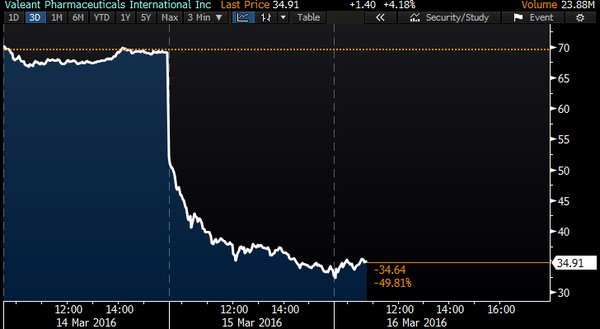
The surprising aspect is that despite the nightmarish experience, Bill Ackman appears to be in a state of denial. He dashed off a letter to the beleaguered investors of Pershing Square, his hedge fund, in which he blamed Valeant’s management for “shocking the market” with guidance “which does not appear to foot with continued favorable prescription trends”. He also put up a brave face by claiming that Valeant is a “problem he knows how to handle”.
The amusing part is that a number of big-ticket investors chose to piggy-back on Bill Ackman’s broad shoulders and bought concentrated positions in Valeant Pharma. Sequoia Fund, a renowned mutual fund, poured in 20% of its AUM into the stock. Sequoia lost $1 Billion (Rs. 6500 crore). Its CIO ruefully admitted that “As the largest shareholder of Valeant, our own credibility as investors has been damaged by this saga.”
Analysts, who had earlier issued strong buy recommendations of Valeant, are now in a hurry to distance themselves from the junkyard stock.
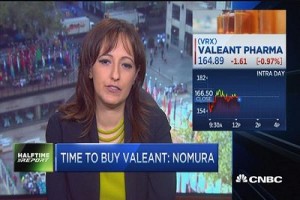
Shibani Malhotra of Nomura Securities was known to be a “Valeant Bull”. In September 2015, when the scandal first broke out, Shibani urged a buy on the basis that the sell off “is based on gross misinformation”. She promised a target price of $250 to $290 for the stock.
Today, Shibani has a look of abject sorrow on her face. “We have lost confidence in management’s ability to understand its own business and to provide reliable guidance …. We have been humbled by our stock call on Valeant, which we have defended despite the continuing spate of bad news” she said, tears streaming down her face.
Now, the important takeaway from the Valeant fiasco is that if a super-savvy investor like Bill Ackman, with an army of highly astute researchers at his beck and call, can get a stock pick so horribly wrong, what chance do novice investors like you and me have?
So, no matter how high our conviction is in a stock and no matter how persuasive the logic on the “virtues of a concentrated portfolio” may be, we must remember to follow in the footsteps of the illustrious local gurus and ensure that we have a properly diversified portfolio, with the maximum exposure in a single stock not to exceed 5% of the AUM!
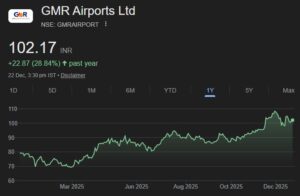


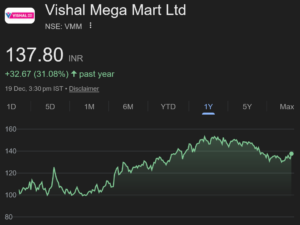


Idealy 15to 20 sticks are enough for diversification for small investers.. No stocks should be invested more than 10% of portfolio to contain loss in case of failure of call, but it can be higher than 10% after appreciation.
5% maximum in one stock means at least 20 stocks in a fully invested portfolio, possibly a lot more, more like 30 stocks.
Why not buy a low cost index fund, if one agrees to such extreme diversification ??
Personally, I go with a maximum of 12 stocks. Most of the time 6/8 stocks are ideal with the top 4 taking up 65-80% of the portfolio.
Of course, one must know as much as possible about the stocks owned and there should be a huge margin of safety as well.
Problem is that we hear these kinds of aftermath stories from western investors who at least acknowledge their follies. So called Indian gurus even don’t acknowledge their misadventures. Dolly Khanna’d investment in Venus Remedies has sunk more than 50% from its entry price. But no comment from them.
Absolutely, Kamal, well said.
Dear all, can anyone share suggestions on Venus Remedies…. I have a huge position & entry level is also @ 180+
Must have purchased following blogs of Dolly Khanna’s entry into Venus Remedies.
And that’s why it becomes difficult to blindly follow such so called Investment Gurus.
I am not able to understand why Venus Remedies’ price should come down so drastically.
Looks like dolly khanna is exiting Nandan Denim. The stock is on downfall from past some weeks. Its very subtle. Slowly she is exiting this counter too…
I tracker Venus done year back, got in and got out about the same price. My take them was management is not reliable. Do a thorough analysis before you make a call. Also look for any cook up of numbers like receivables, inventory, tax paid e.t.c
I dont agree with this…Vijay Kedia as mentioned and many other Guru’s became what they are by putting in almost everything in one stock..but thats not always what one should do. I feel one should go by ones personal convictions about stocks and allocates funds accordingly.